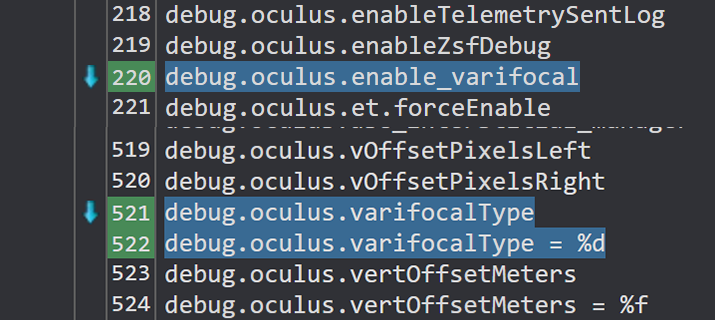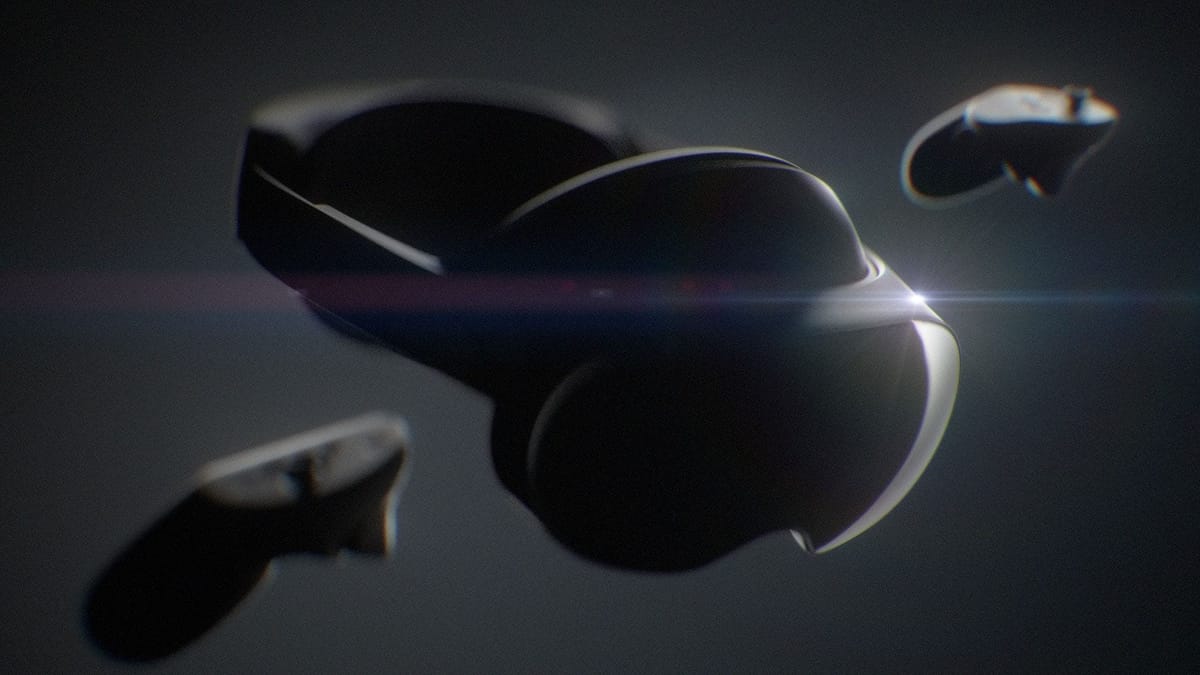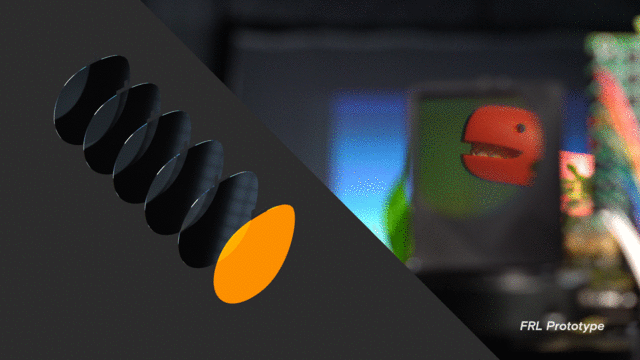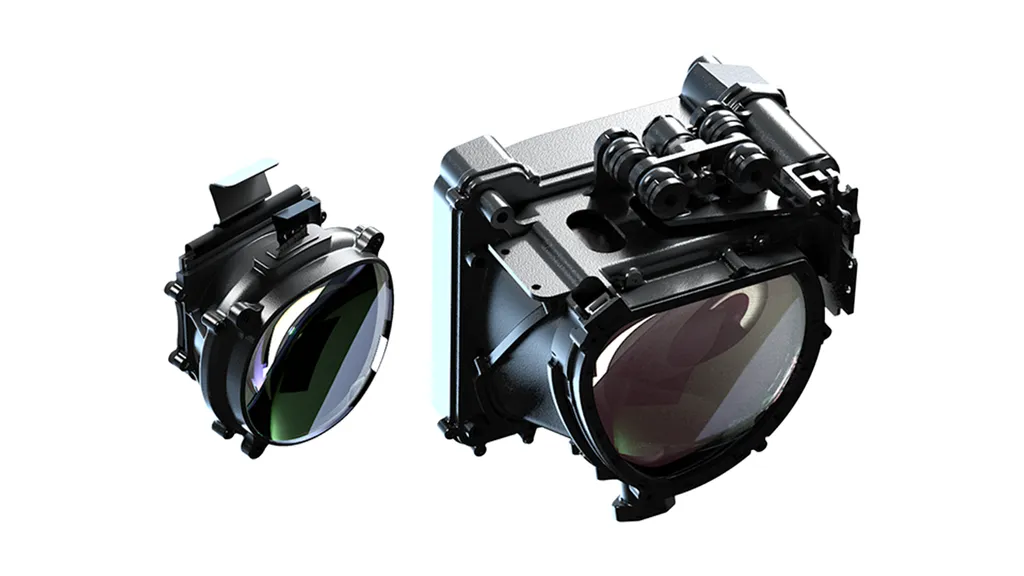Strings found inside the Quest firmware suggest Meta is now working to bring varifocal lenses to a shipping headset.

The strings were found by Quest firmware dataminer Samulia and Anagan79, the developer of Quest Games Optimizer, and brought to our attention by VR enthusiast Luna.
Upcoming Quest features have been discovered this way multiple times in the past. For example, Samulia found references to eye and face tracking around a year before the original Quest Pro launched. However, there are some features that have been referenced in strings for years now but have yet to ship, for example a Project Avalanche cloud PC VR streaming service and Discord integration.
When Meta first showed off its Mirror Lake concept headset in late 2022, CEO Mark Zuckerberg suggested the technology it proves out (including varifocal) could be seen in products “in the second half of the decade”.

In March 2023 an internal Meta hardware roadmap was leaked to The Verge revealing that a 2024 Quest Pro 2 candidate had been canceled in favor of a more ambitious but “way out in the future” model. According to that roadmap, this headset will feature Codec Avatars, have higher resolution, and retain Quest Pro's rear-battery design. Is it possible it could have varifocal lenses too?
Earlier this month, The Information reported that work on this headset began in November.
Context: What Is Varifocal?
All current headsets on the market have fixed-focus lenses. Each eye gets a separate perspective, but the image is focused at a fixed focal distance, typically a few meters away.
Your eyes will point (converge or diverge) toward the virtual object you’re looking at, but can't actually focus (accommodate) to the virtual distance to the object. This is called the Vergence-Accommodation Conflict. It makes the virtual world feel less real and close up virtual objects look blurry, and it can even cause eye strain.
At its F8 conference in 2018 Facebook showed off a prototype headset called Half Dome, which incorporated eye tracking to mechanically move the displays forward or back to adjust focus in real time.
Half Dome solved the Vergence-Accommodation Conflict but the mechanical approach would present serious reliability problems in the real world, making it unsuitable to be shipped in products.
Mechanical varifocal in a more recent prototype based on Half Dome 1.
At Oculus Connect 6 in 2019 Facebook described Half Dome 2 and Half Dome 3. Half Dome 2 used more reliable actuators and a more compact but lower field of view design.
Half Dome 3 however took a completely new approach with no moving parts. Instead of moving the display, Half Dome 3 uses a stack of liquid crystal lens layers. Applying a voltage to each lens layer changes its focal length, so each unique combination of on and off results in a different focus distance. With 6 layers, there are 64 different possible focus distances.

During a talk in early 2020, Facebook's Director of Display Systems Research Douglas Lanman said Half-Dome 3's technology was "almost ready for primetime". Well over four years after that statement, could varifocal finally be coming out of the research labs and be on the path to productization?





























